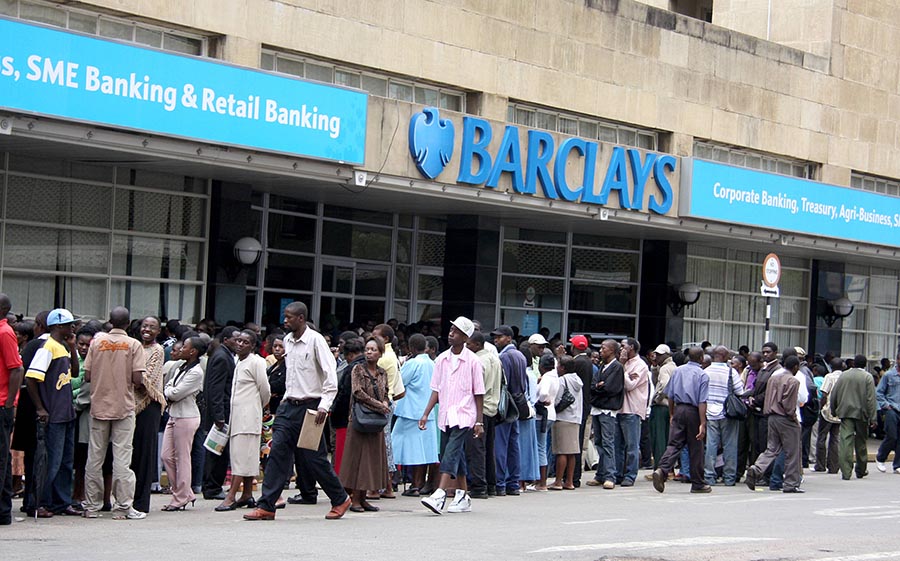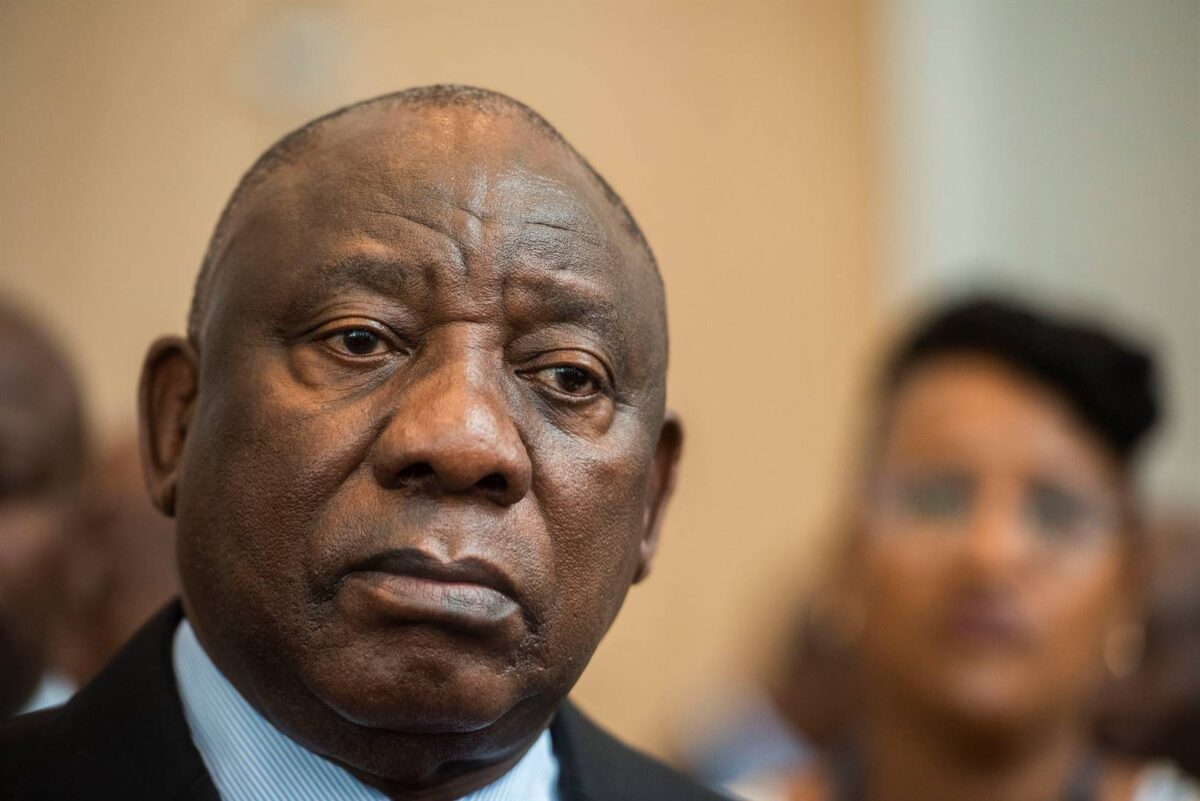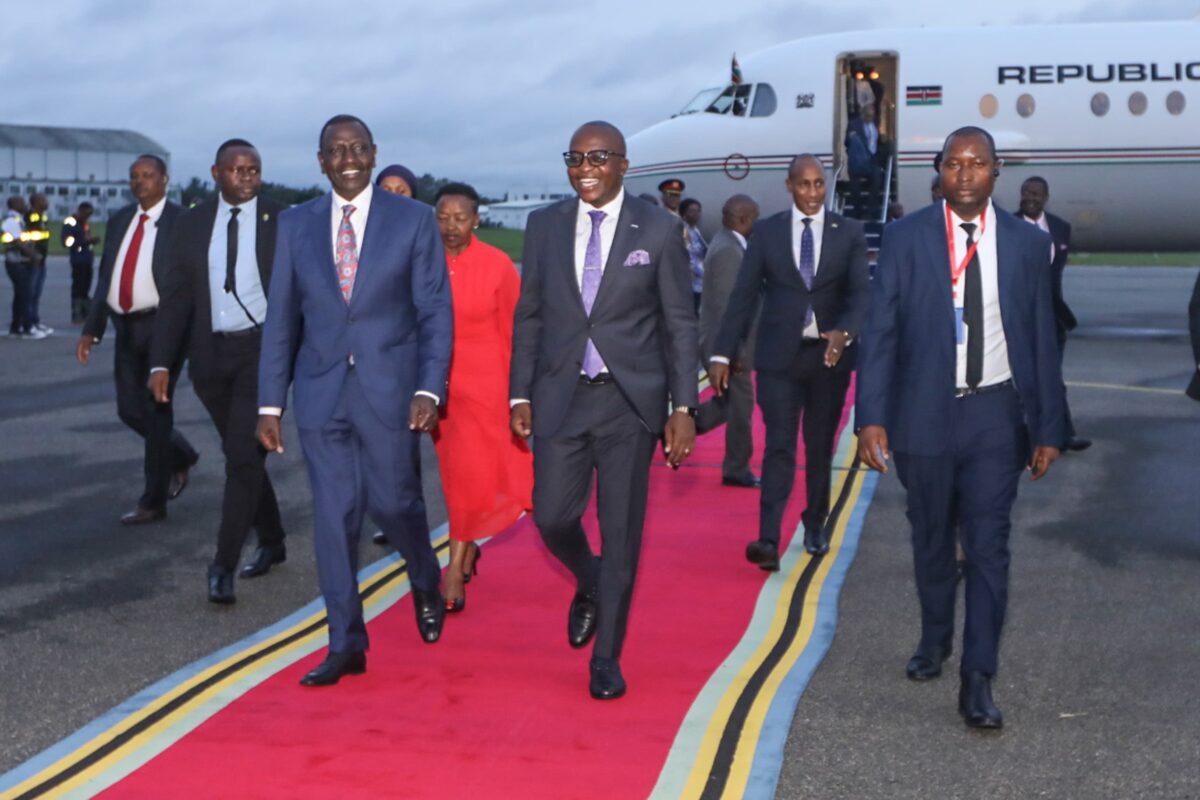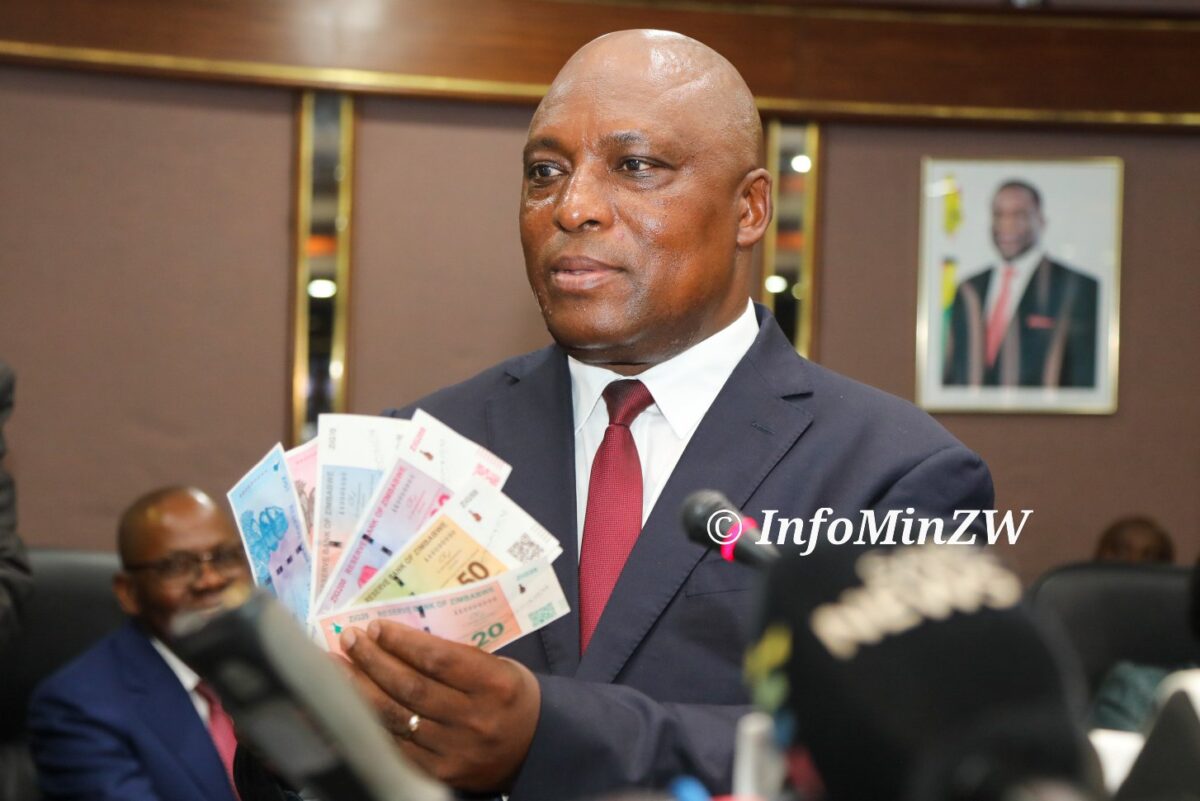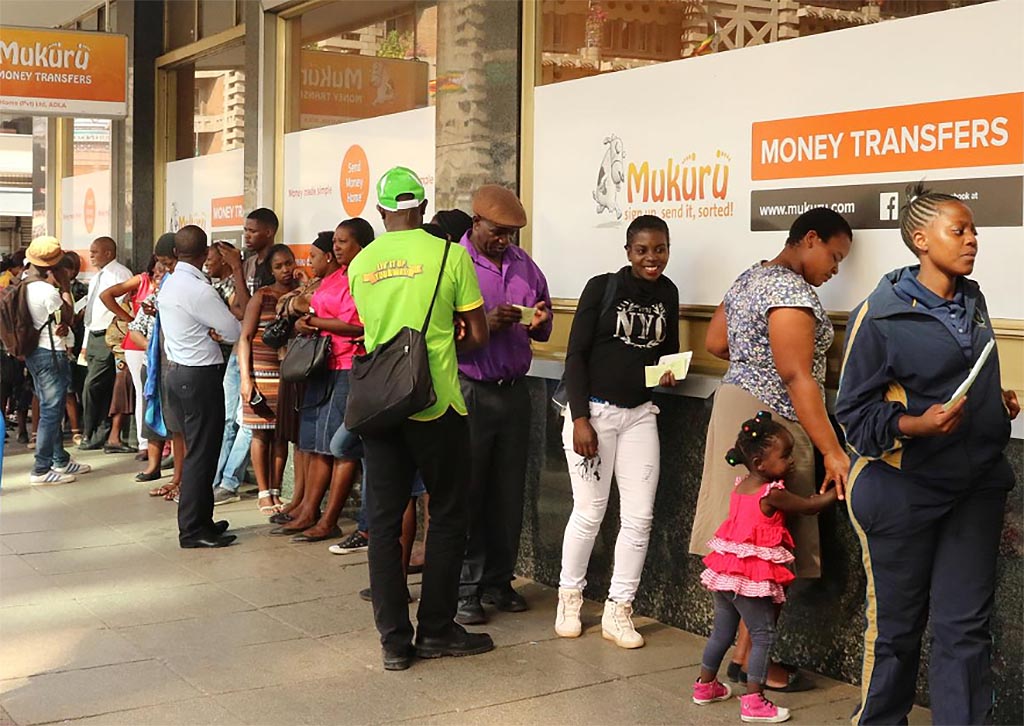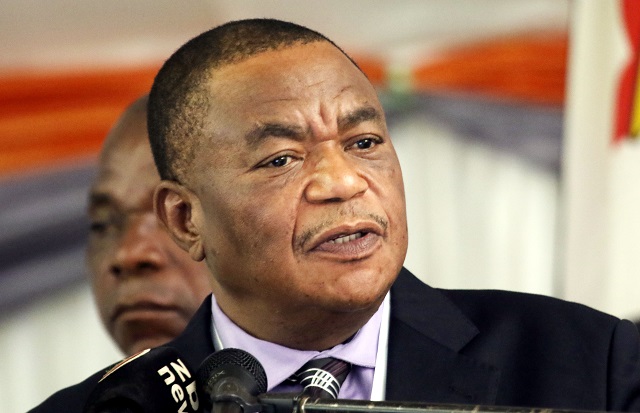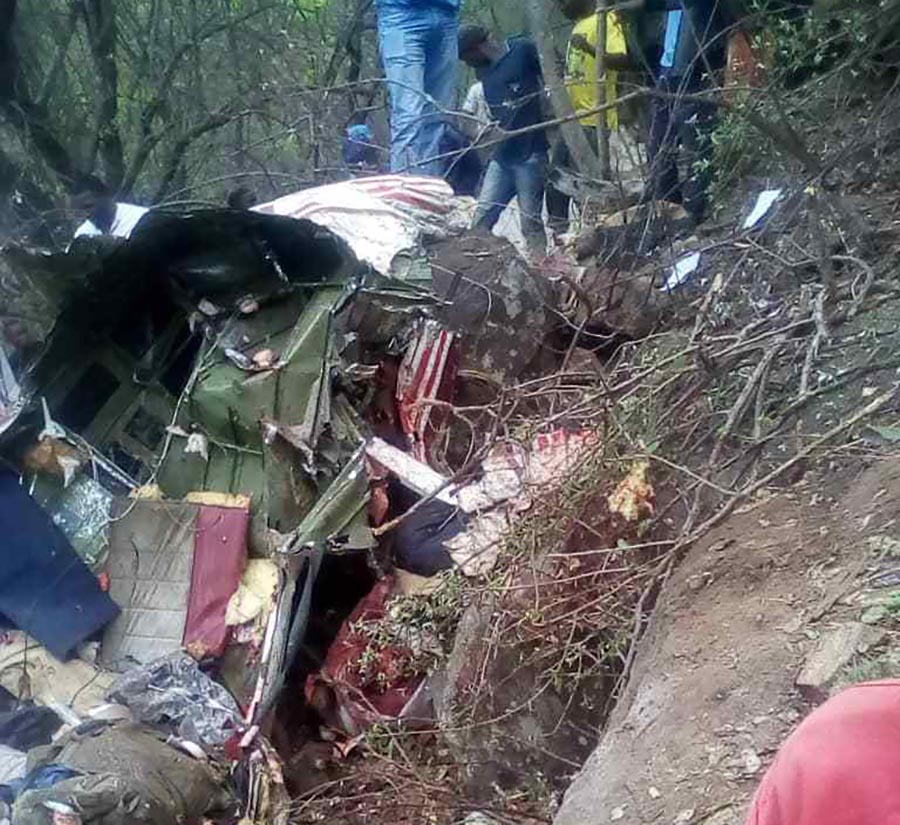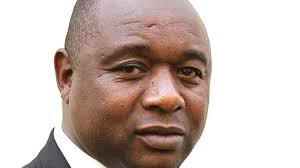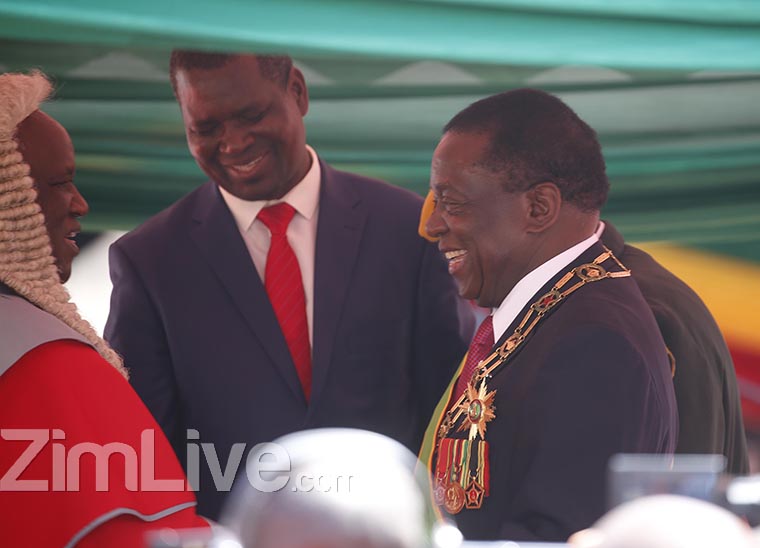HARARE – The Reserve Bank of Zimbabwe will this week release up to $1 billion in new bank notes to ease cash shortages.
RBZ governor John Mangudya said banks over the weekend traded their RTGS balances for new $5 and $2 bank notes. The central bank is concurrently releasing new $2 bond coins.
The RBZ wants to end bank queues for cash. The new notes will be withdrawable from cash machines – a sight not seen in Zimbabwe in years.
Mangudya said they hope to announce new withdrawal limits this week.
“We’ll make sure that we drip-feed the physical cash into the market in order to ensure that there is sufficient cash in the economy. What we’re doing will not increase money supply because we are just substituting existing electronic money with physical cash,” Mangudya said.
“The goal here is to create convenience for the transacting public and also offering them a choice of either using electronic money or cash. We believe this will also help in eliminating queues at the banks where people spend countless hours of productive time queueing for cash.”
The RBZ says Zimbabwe has about $19 billion in circulation – but only 4.5 percent of this is cash. The lack of cash in circulation had created arbitrage opportunities, fuelling a parallel market for cash which was being sold at a premium for those trying to exchange their RTGS balances.
The RBZ says over the next six months it will bring physical cash in circulation to around 10 percent of total money supply.
“The fears that people are expressing on social media are a legacy of the hyperinflation era (2008), but we assure them that there will be no repeat of that because there will be no increase in money supply; there is absolutely nothing to fear,” Mangudya said.
Former finance minister Tendai Biti has criticised the RBZ for introducing the small denominated notes. Biti claims the RBZ had in fact planned to introduce the notes sometime early this year, but held off after the plan was exposed.
“The madness continues unabated,” Biti said. “These notes were printed long back in January 2019 but they couldn’t use them thanks to a tweet. Now they are pumping the same into a market which thanks to hyperinflation has no use for small units of $2 or $5.”
The RBZ last week admitted the order for the $2 coins, which Zimbabweans find totally unnecessary, was made earlier this year and it was difficult to cancel.
Eddie Cross, who sits on the RBZ’s Monetary Policy Committee, said there were plans to print higher denominated bank notes once the security features were in place.
The new $2 and $5 notes look like the old bond notes, except that the words “bond note” have been removed. Cross admits their security features are not robust.
“The primary objective (of the new bank notes) is to bring sufficient cash into the market, to do away with queues at the banks and ATMs and to bring cash into free supply without any premium,” said Cross.
“The new cash will be sold to commercial banks on a 1:1 basis for RTGs dollars. There will be no impact on money supply or inflation. We are not creating new money. We are replacing existing money with cash, so it won’t have any impact on the national macro-economic fundamentals.
“If this injection is not enough to solve the problem, we will introduce more currency. The reason for the relatively small notes — the $5 and $2 notes and coins — is because we were concerned about the security features.
“The security of these notes is not adequate and if we introduce a higher value note there will be counterfeit notes produced.”
